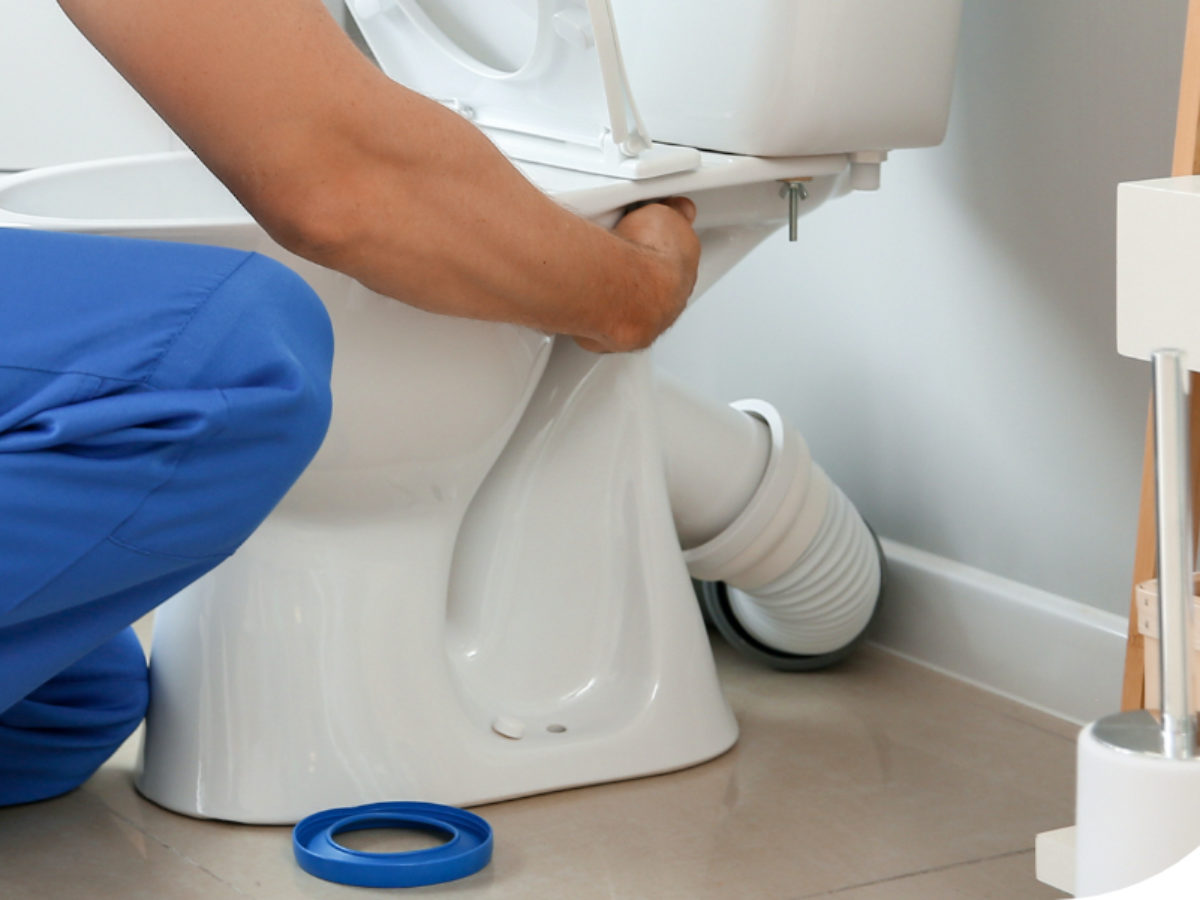

Articles
What Size Pipe For Toilet Drain
Modified: May 6, 2024
Discover the ideal pipe size for your toilet drain with our informative articles. Ensure proper drainage and avoid plumbing issues.
(Many of the links in this article redirect to a specific reviewed product. Your purchase of these products through affiliate links helps to generate commission for Storables.com, at no extra cost. Learn more)
Introduction
When it comes to installing or repairing a toilet, one of the most crucial considerations is the size of the drain pipe. Choosing the correct size is essential for efficient drainage and proper functioning of the toilet. In this article, we will explore the factors to consider when determining the size of the toilet drain pipe, the common sizes available in the market, and the installation issues that may arise.
Having the right size of drain pipe ensures that waste and water flow smoothly from the toilet to the sewer or septic system. A properly sized drain pipe also helps prevent clogged pipes, backups, and other plumbing issues. So, before you embark on any toilet-related project, it’s important to understand the factors that will influence the choice of drain pipe size.
Key Takeaways:
- Properly sized drain pipes prevent clogs and backups, ensuring efficient toilet drainage. Consider building codes, fixture units, and waste type when determining the right pipe size.
- Common installation issues like improper slope and incorrect pipe size can affect toilet drain pipe performance. Consult a professional plumber for accurate sizing and installation.
Read more: What Size Pipe For Washer Drain
Factors to Consider When Choosing the Size of Toilet Drain Pipe
Several factors should be taken into account when determining the size of the toilet drain pipe. These factors include:
- Building codes and regulations: Building codes often dictate the minimum size requirements for drain pipes. It is important to check the local building codes to ensure compliance with the regulations in your area.
- Fixture units: Fixture units refer to the measurement of water consumption and drainage capacity of various plumbing fixtures. Each plumbing fixture, including toilets, has a specified fixture unit value, and the total fixture units in a system determine the size of the drain pipe required to handle the flow.
- Distance to the main sewer line or septic tank: The distance between the toilet and the main sewer line or septic tank plays a role in determining the size of the drain pipe. Longer distances may require larger pipe sizes to maintain proper flow.
- Number of connected fixtures: If multiple fixtures are connected to the same drain line, the size of the drain pipe should be calculated based on the cumulative fixture units of all the fixtures.
- Grade and slope: The slope of the drain pipe affects the velocity of wastewater flow. The drain pipe must be properly sloped to ensure gravity-assisted drainage. Steeper slopes may allow for smaller pipe sizes.
- Waste type: The type of waste produced by the toilet can influence the size of the drain pipe. For example, if the toilet will be used for commercial or industrial purposes, a larger pipe size may be necessary to handle an increased volume of waste.
Considering these factors will help you determine the appropriate size of the toilet drain pipe. It is essential to consult with a professional plumber to ensure accurate calculations and compliance with local building codes and regulations.
Common Sizes of Toilet Drain Pipes
Toilet drain pipes come in various sizes, each suited for different applications and plumbing setups. Here are the most common sizes of toilet drain pipes:
- 3-inch pipe: The 3-inch drain pipe is the standard size for most residential toilet installations. It provides sufficient flow capacity to handle the waste and wastewater generated by a typical household toilet.
- 4-inch pipe: The 4-inch drain pipe is commonly used for commercial and industrial toilets, as well as in some larger residential buildings. This larger pipe size can handle a higher volume of waste and is necessary for toilets in high-occupancy spaces.
- 6-inch pipe: In rare cases where there is an exceptionally high demand for waste disposal, such as in large commercial or industrial facilities, a 6-inch drain pipe may be required. These pipes are designed to handle heavy-duty waste loads.
It’s important to note that the pipe size required for the toilet drain will depend on the specific plumbing setup, local building codes, and other factors previously mentioned. It is always best to consult with a professional plumber or adhere to the recommendations of the manufacturer for your specific toilet model.
The standard size for a toilet drain pipe is 3 inches in diameter. This size is recommended to ensure proper drainage and prevent clogging. Always check local building codes for specific requirements.
Determining the Proper Size of Toilet Drain Pipe for Your Home
When determining the proper size of the toilet drain pipe for your home, it is crucial to consider the specific requirements and factors unique to your plumbing system. Here are the steps you can follow to determine the appropriate size:
- Check local building codes: Begin by familiarizing yourself with the local building codes and regulations. These codes typically specify the minimum size requirements for drain pipes. Make sure to adhere to these guidelines to ensure compliance and avoid any potential issues in the future.
- Calculate the fixture unit value: Determine the fixture unit value for the toilet based on the type and model you plan to install. This can typically be obtained from the manufacturer’s specifications or consulting with a professional plumber. Remember to take into account other connected fixtures that may share the same drain line.
- Consider the distance and slope: Measure the distance between the toilet and the main sewer line or septic tank. This distance, along with the slope of the drain pipe, will determine the flow velocity and affect the pipe size required. Consult with a plumber to ensure the correct calculations are made.
- Consult with a professional plumber: When it comes to determining the proper size of the toilet drain pipe, it is always advisable to seek guidance from a professional plumber. They have the knowledge, experience, and expertise to accurately assess your specific plumbing system and recommend the appropriate pipe size.
By following these steps and seeking professional advice, you can ensure that the toilet drain pipe in your home is properly sized to handle the wastewater flow efficiently and prevent any potential plumbing issues.
Common Installation Issues with Toilet Drain Pipes
During the installation or repair process of toilet drain pipes, several common issues may arise. Being aware of these issues can help you take preventive measures or address them properly. Here are some of the common installation issues with toilet drain pipes:
- Improper slope: One of the most critical installation issues is an improper slope of the drain pipe. The pipe needs to be sloped correctly to allow for gravity-assisted drainage. If the slope is too steep or too shallow, it can result in poor drainage, clogs, or backups.
- Incorrect pipe size: Another common issue is using the wrong size of drain pipe. Using a pipe that is either too small or too large can lead to flow problems and inefficiencies. It is crucial to refer to local building codes and consult with a professional plumber to ensure the correct sizing.
- Improper venting: Toilet drain pipes should be properly vented to prevent airlock and maintain the necessary pressure balance for efficient drainage. Inadequate or incorrect venting can result in slow draining, gurgling sounds, or even sewer odors in the bathroom.
- Insufficient support: Drain pipes should be adequately supported along their length to prevent sagging or misalignment. Improper support can lead to leaks, pipe damage, and compromised functionality of the toilet.
- Leaks and seal failures: Any leaks or failures in the seals of the toilet drain pipes can result in water damage, unpleasant odors, and sanitary concerns. Proper installation techniques, including using quality seals and ensuring a secure connection, are vital to prevent these issues.
It is essential to hire a professional plumber for the installation or repair of toilet drain pipes. They have the expertise to address these common issues and ensure that the drain pipes are installed correctly and function efficiently.
Read more: What Size Drain Pipe For A Washing Machine
Conclusion
When it comes to the size of the toilet drain pipe, making the right choice is crucial for proper drainage and the overall functioning of your toilet. Factors such as building codes, fixture units, distance to the main sewer line, and waste type all play a role in determining the appropriate size of the drain pipe.
Common sizes of toilet drain pipes include 3-inch, 4-inch, and 6-inch pipes, with the 3-inch pipe being the standard choice for residential installations. However, it’s important to consult with a professional plumber to ensure compliance with local codes and regulations, as well as to consider the unique requirements of your plumbing system.
During the installation process, be mindful of common issues that can affect the performance of your toilet drain pipes, such as improper slope, incorrect pipe size, insufficient venting, inadequate support, and leaks/seal failures. Working with a professional plumber will help mitigate these issues and ensure a successful installation or repair.
In conclusion, choosing the right size of toilet drain pipe and ensuring proper installation are crucial for a well-functioning and efficient plumbing system. Consult with a professional plumber, adhere to local building codes, and address any installation issues promptly to maintain the longevity and efficiency of your toilet drain pipes.
Now that you've got the scoop on selecting the right toilet drain pipe size, why stop there? Up next, dive into our detailed guide on bathroom renovations. Timing is everything, and knowing how long you might be without your sanctuary during upgrades can help you plan better. Our insights ensure you're not left wondering during your next big project. Ready for more handy tips? Keep reading and take your home improvement knowledge to the next level!
Frequently Asked Questions about What Size Pipe For Toilet Drain
Was this page helpful?
At Storables.com, we guarantee accurate and reliable information. Our content, validated by Expert Board Contributors, is crafted following stringent Editorial Policies. We're committed to providing you with well-researched, expert-backed insights for all your informational needs.
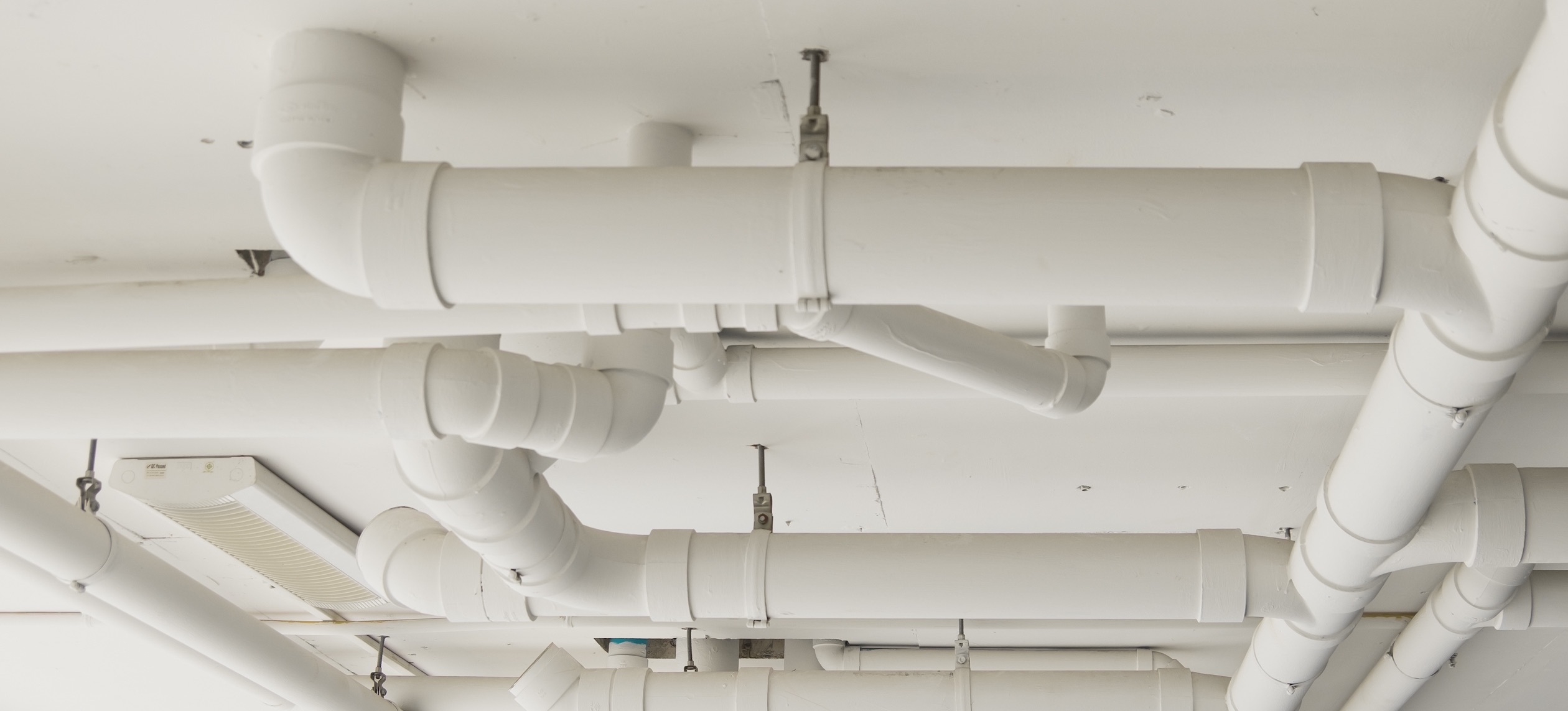
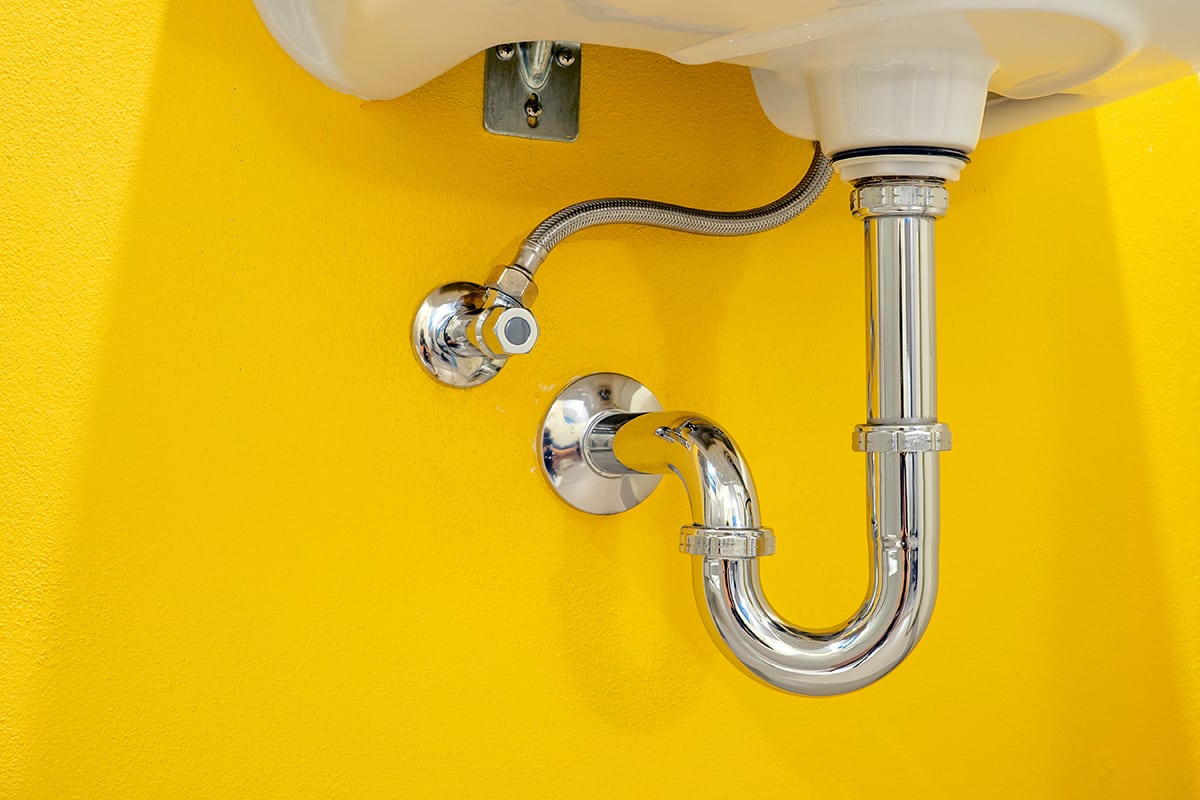
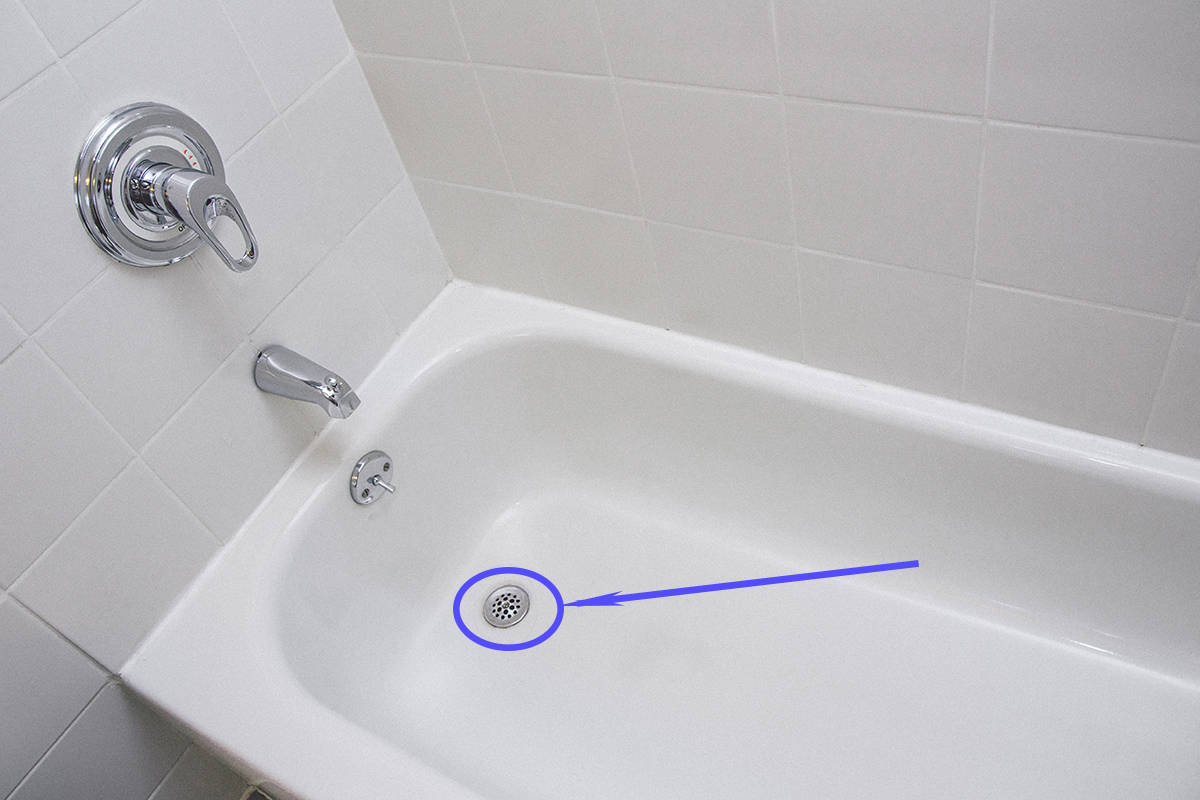
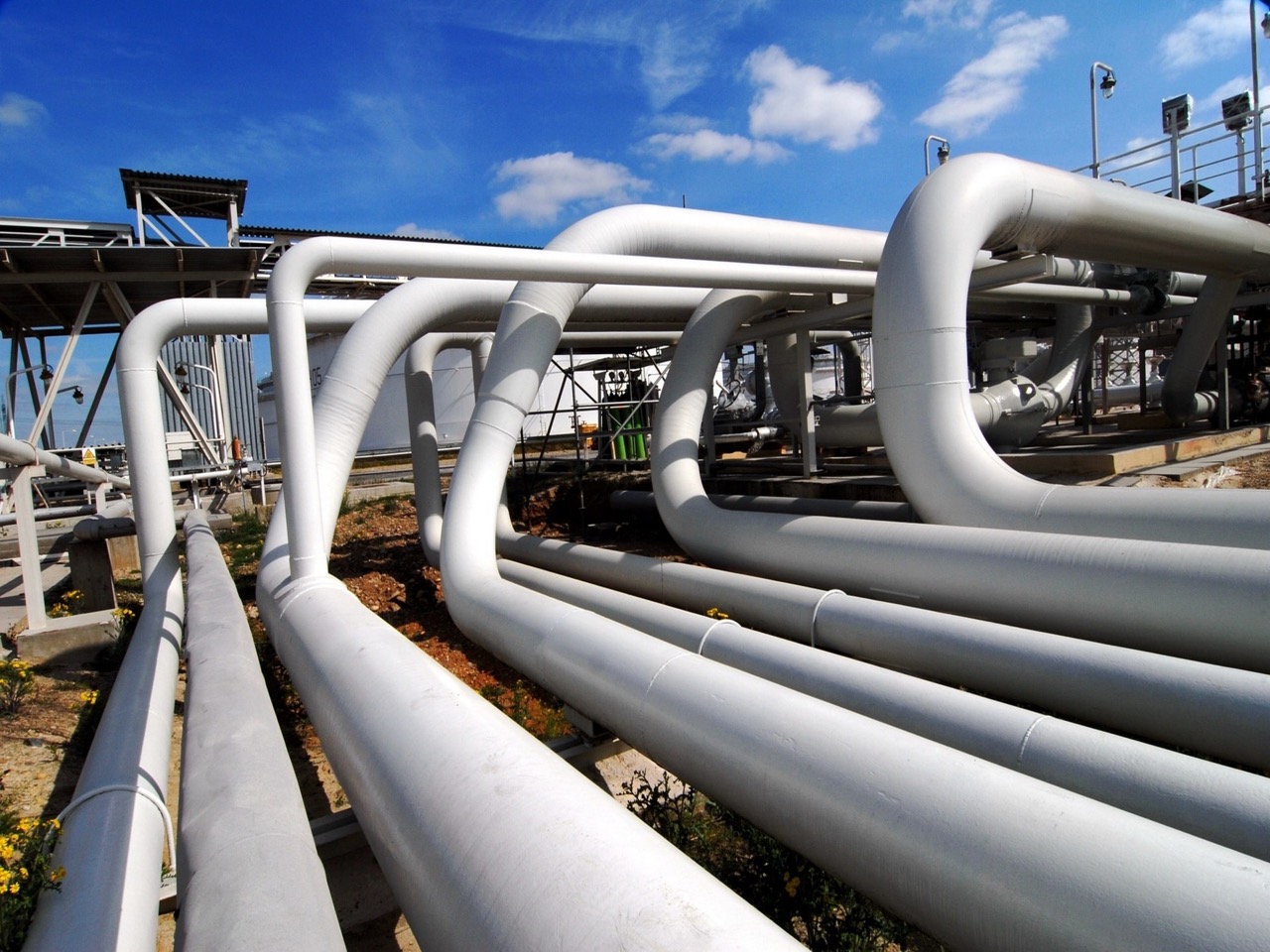
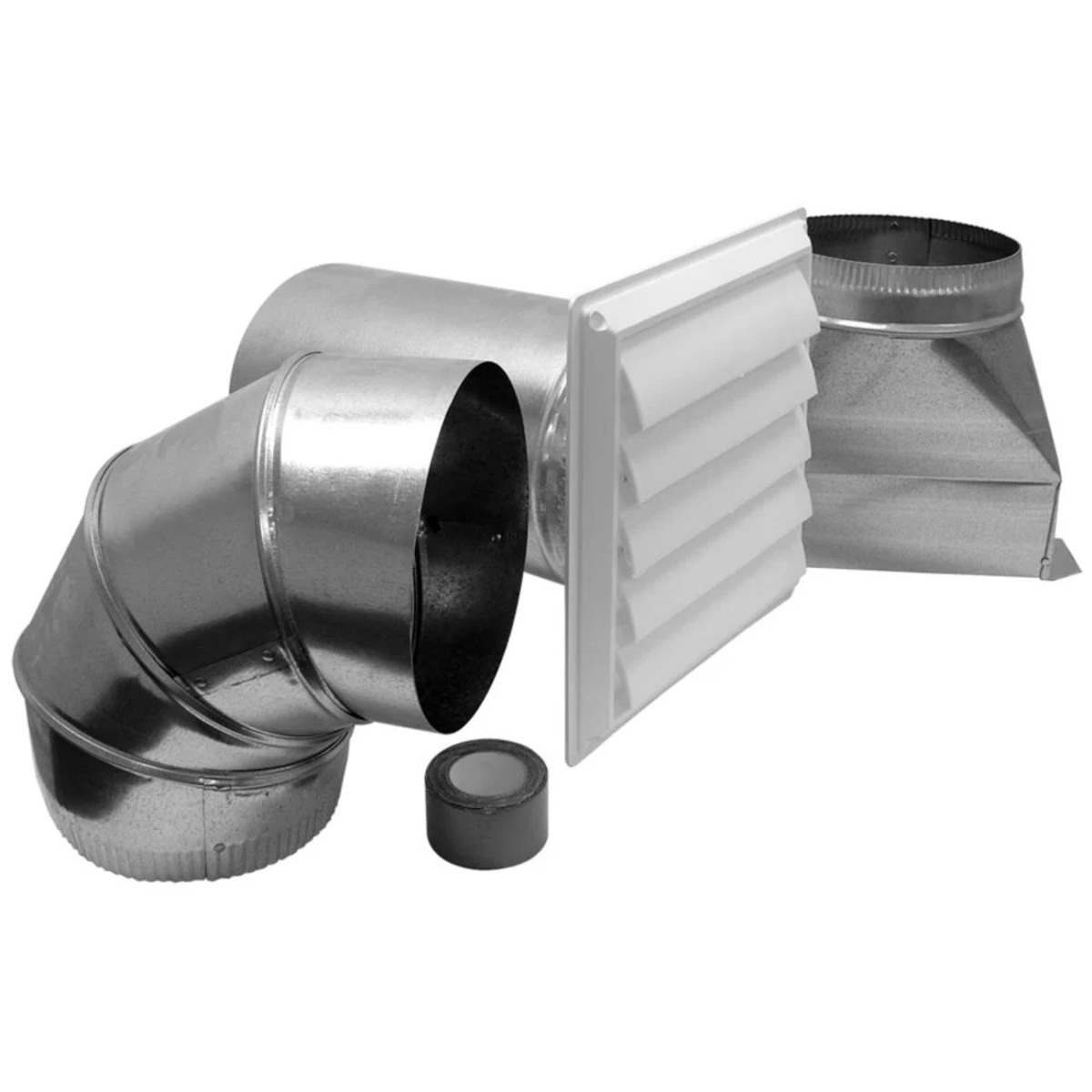
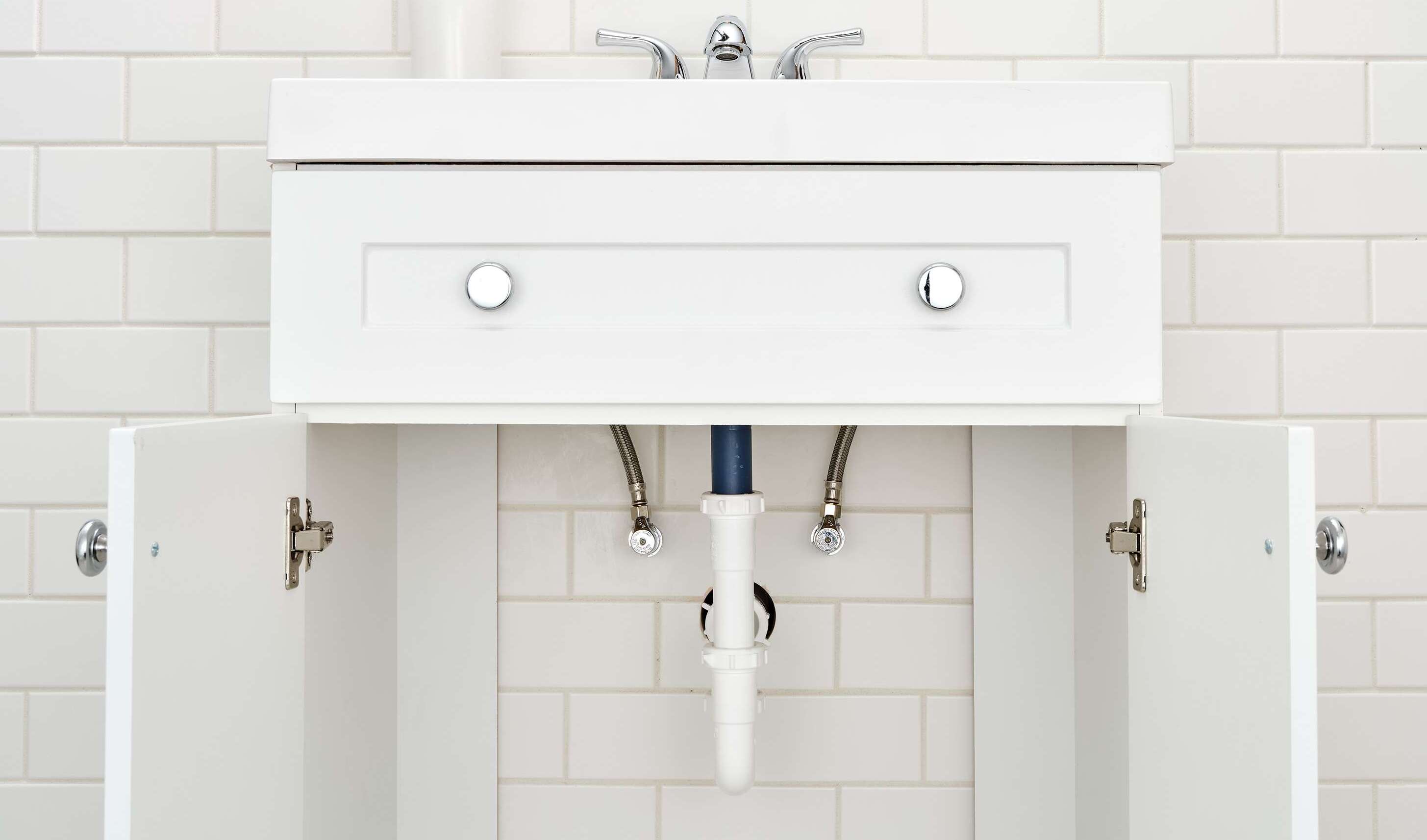
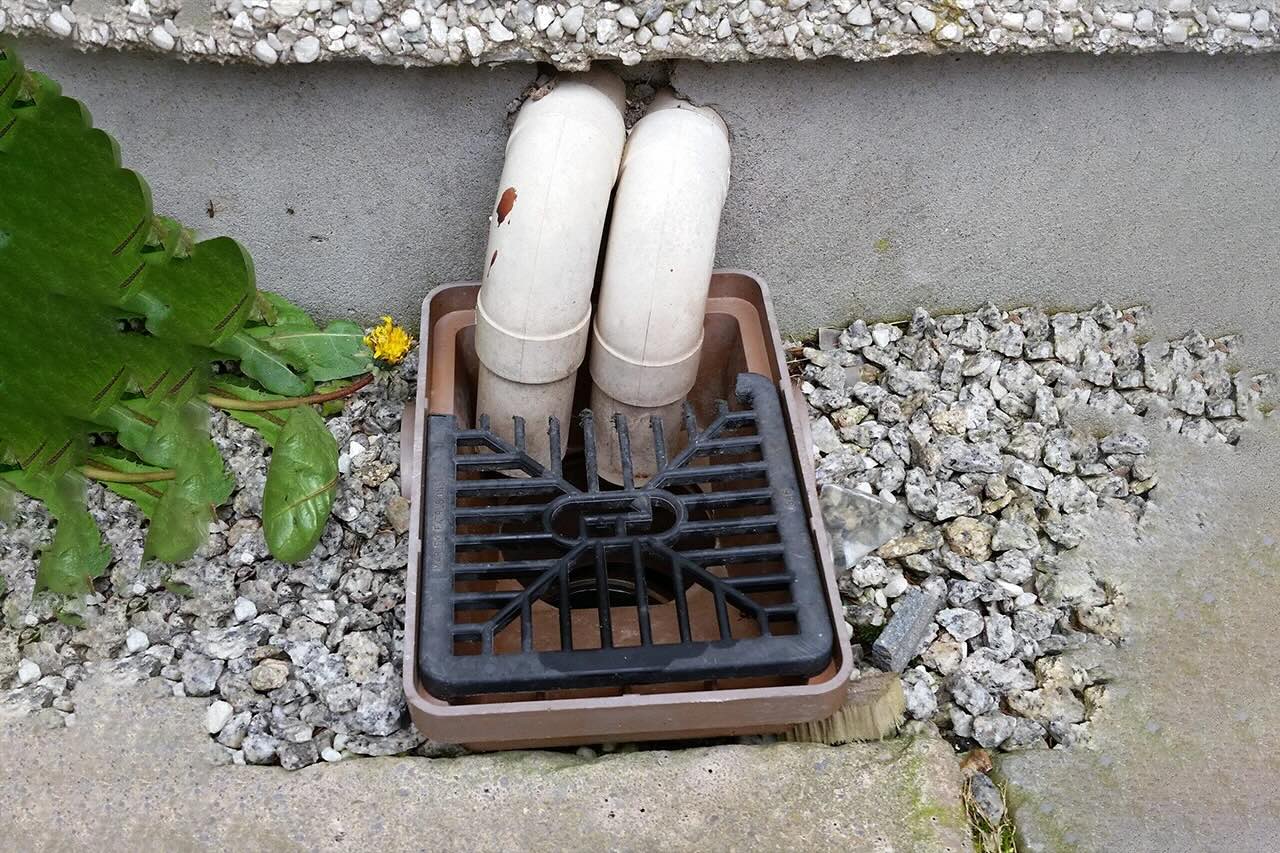
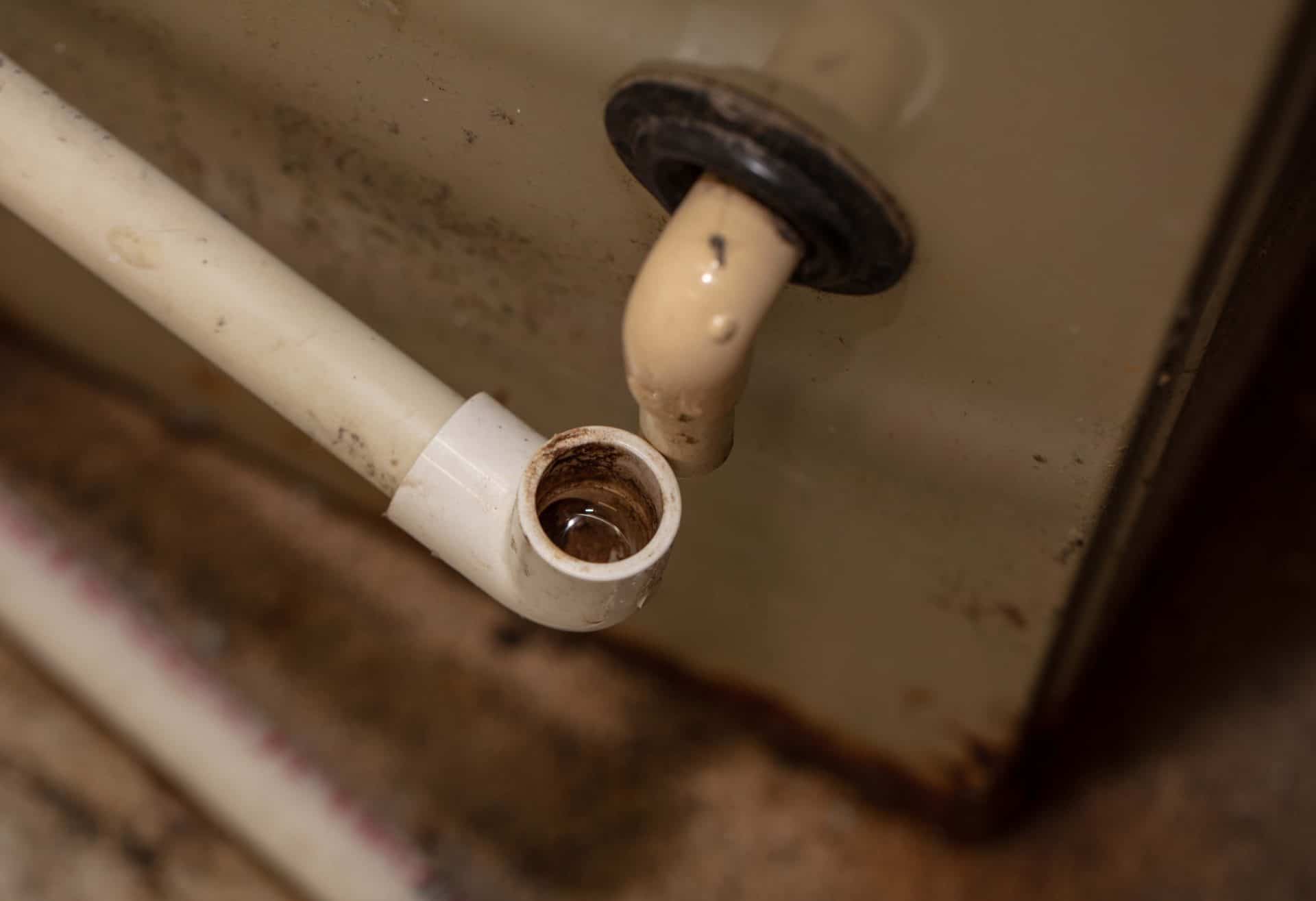
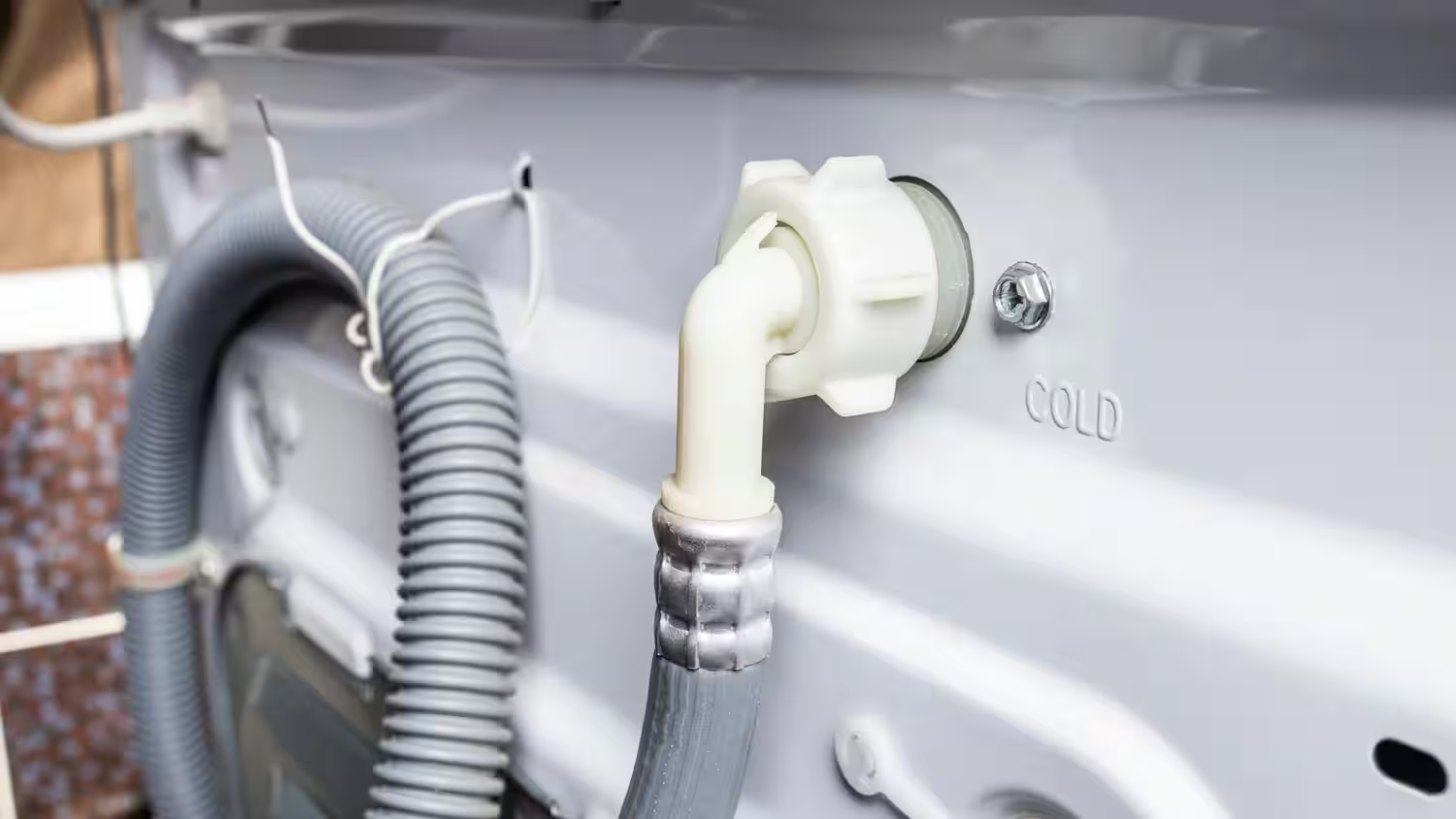
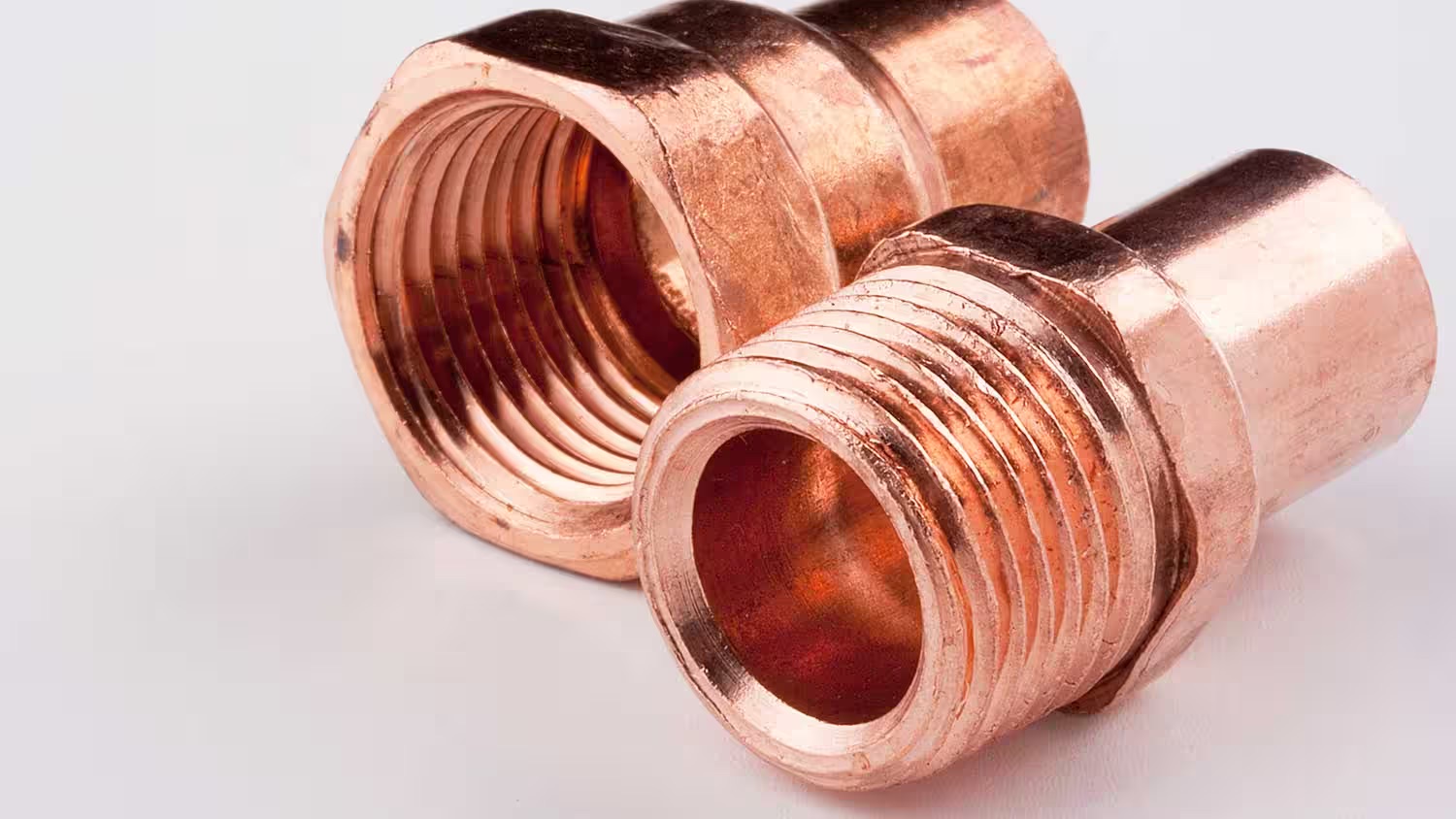
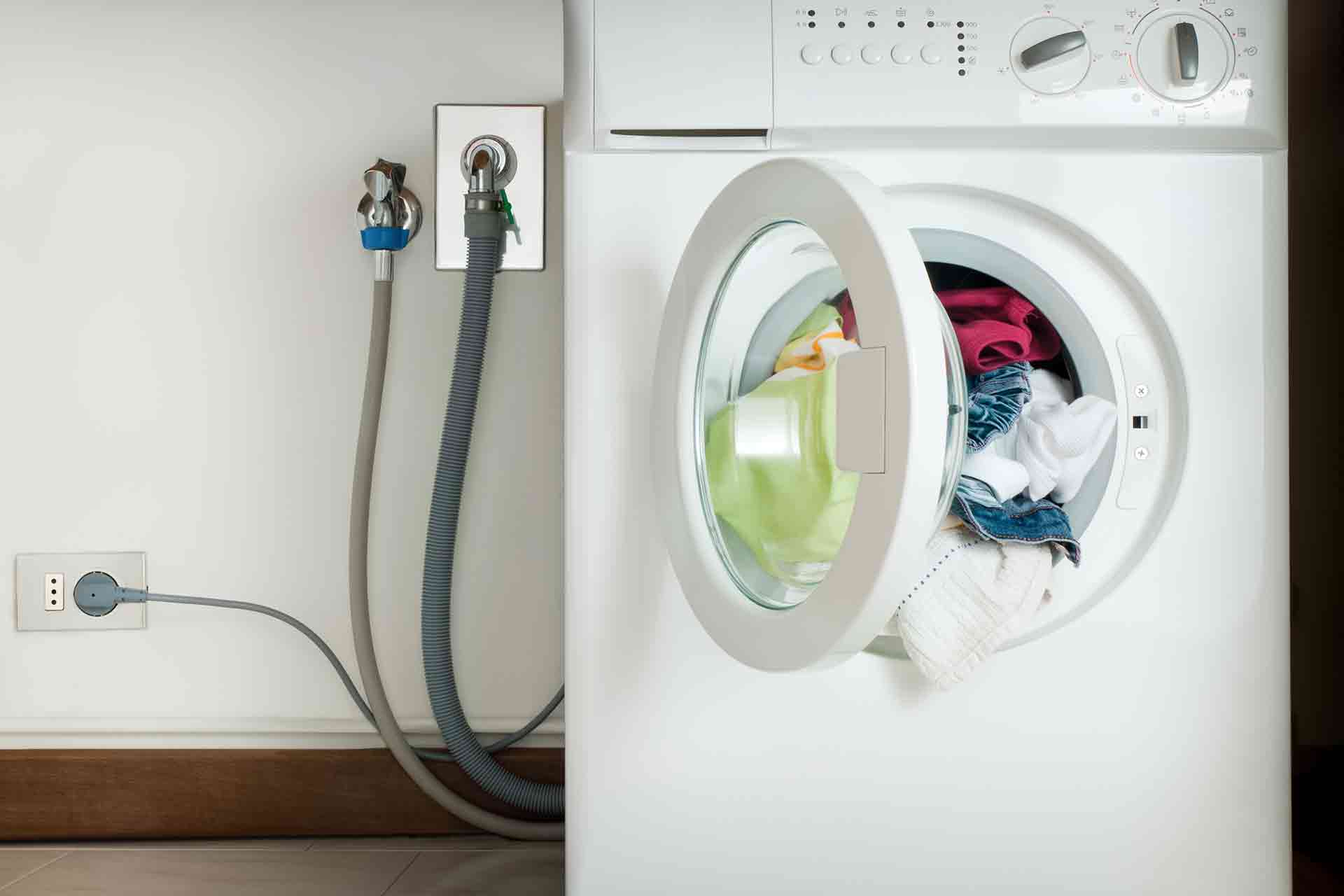
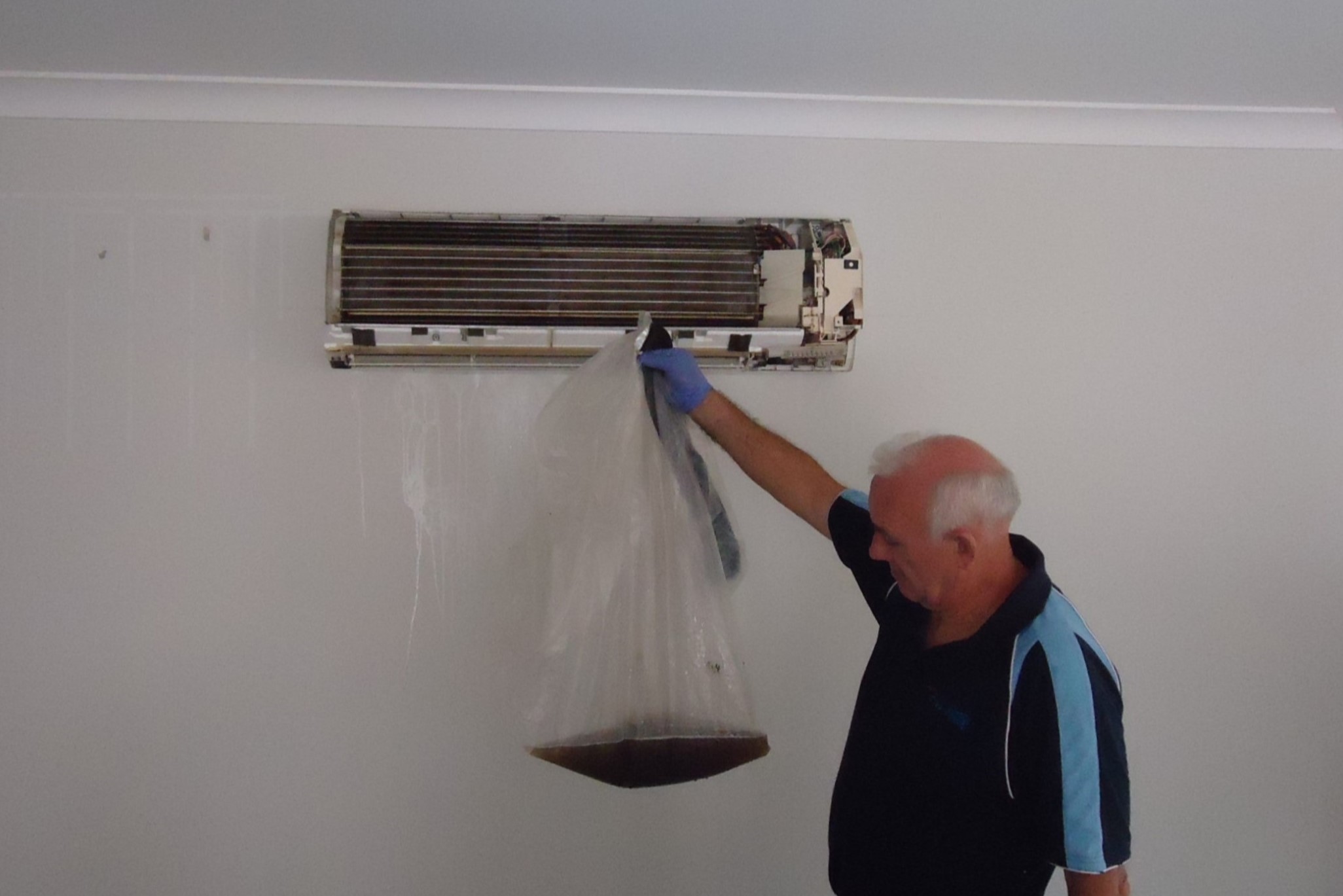
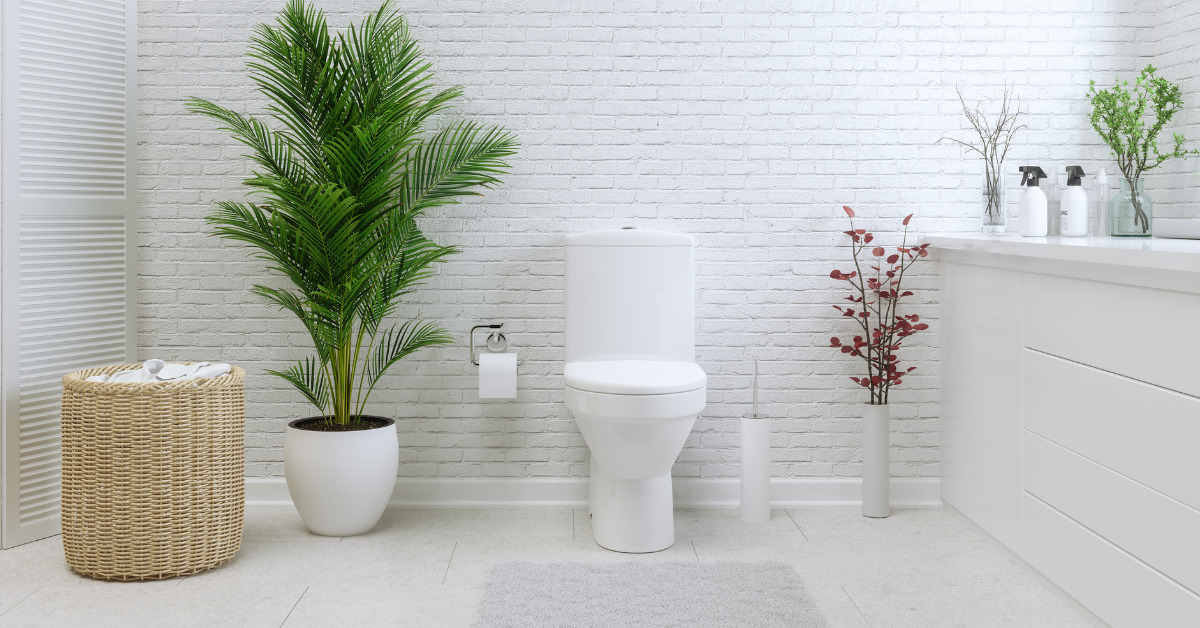
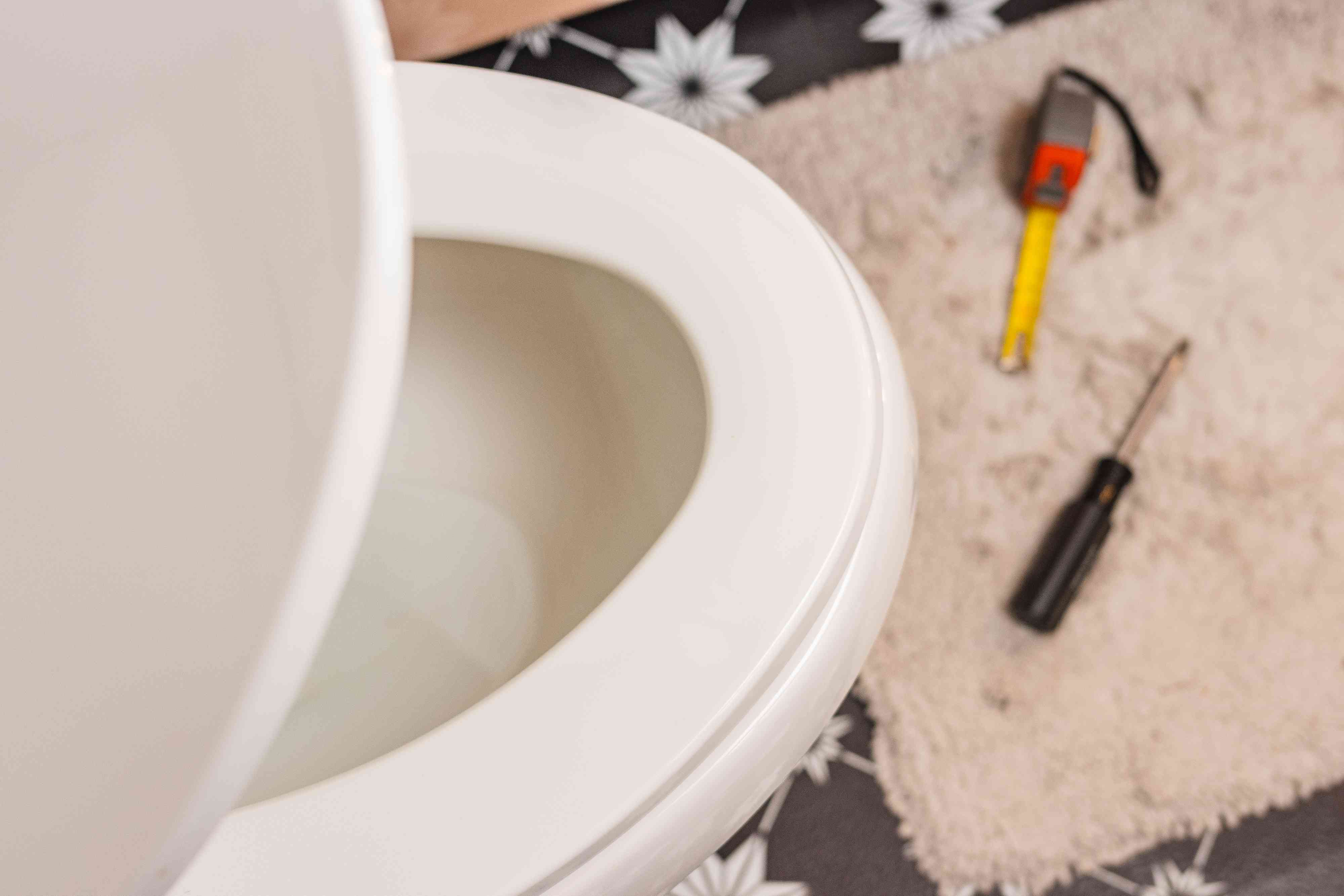

0 thoughts on “What Size Pipe For Toilet Drain”